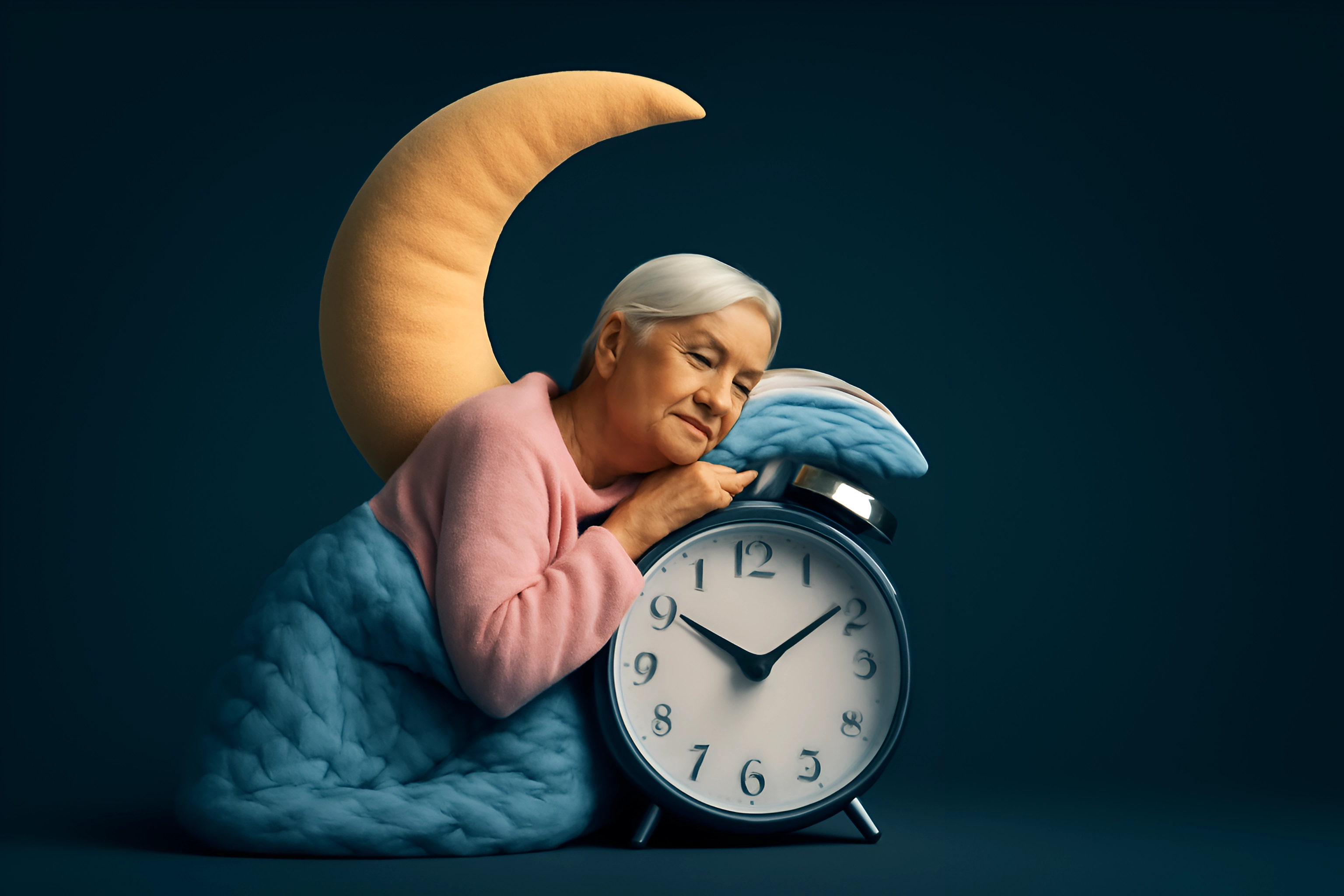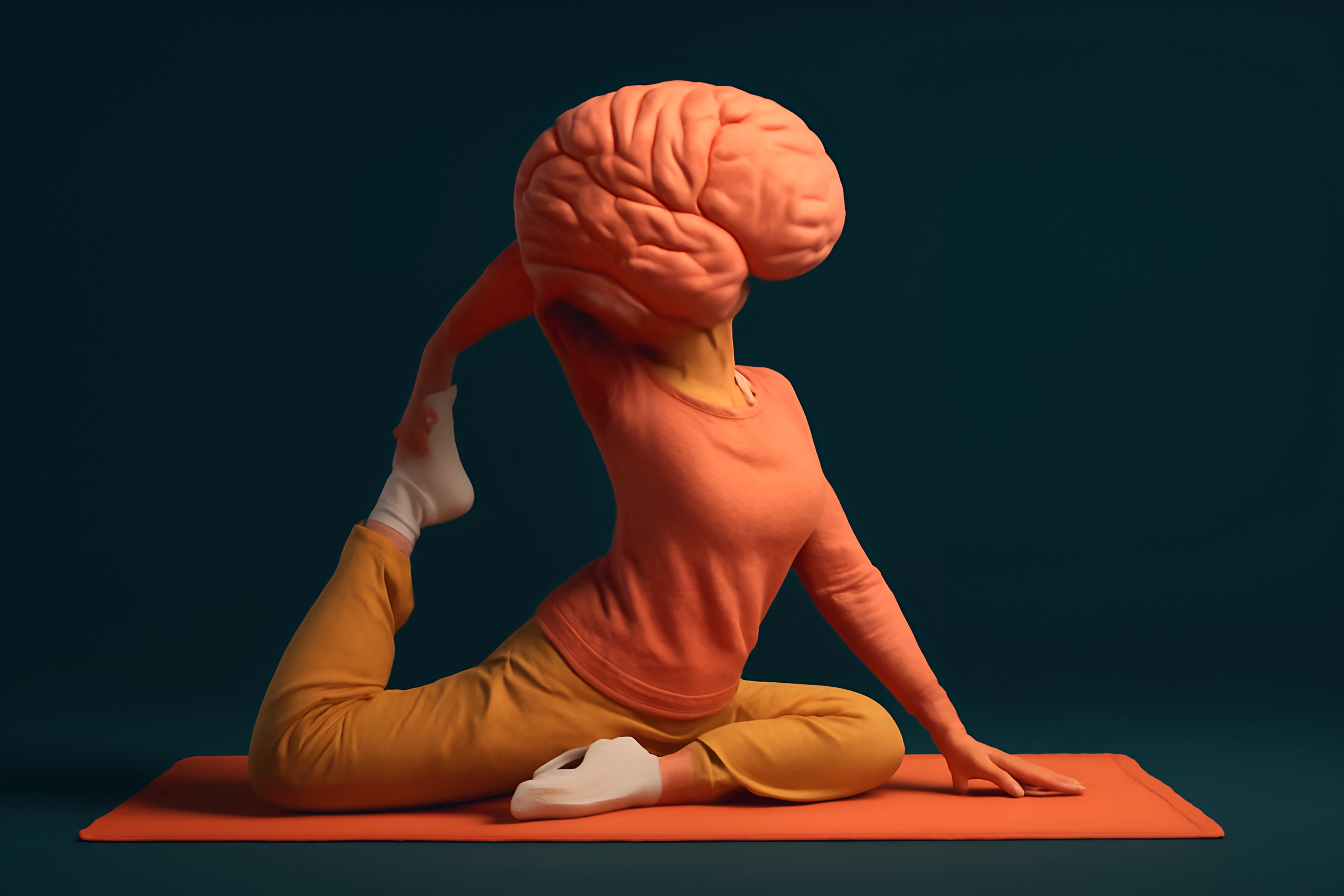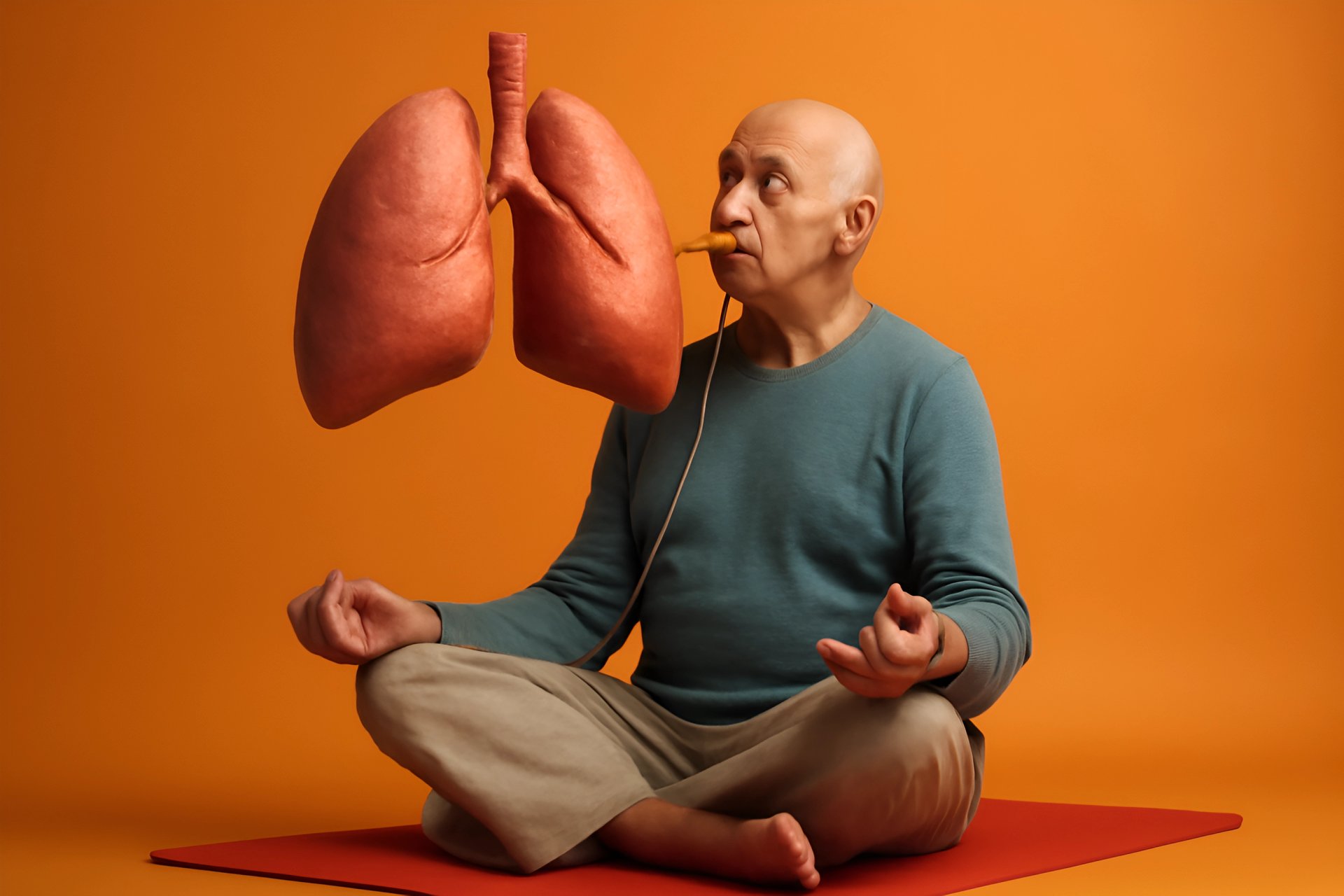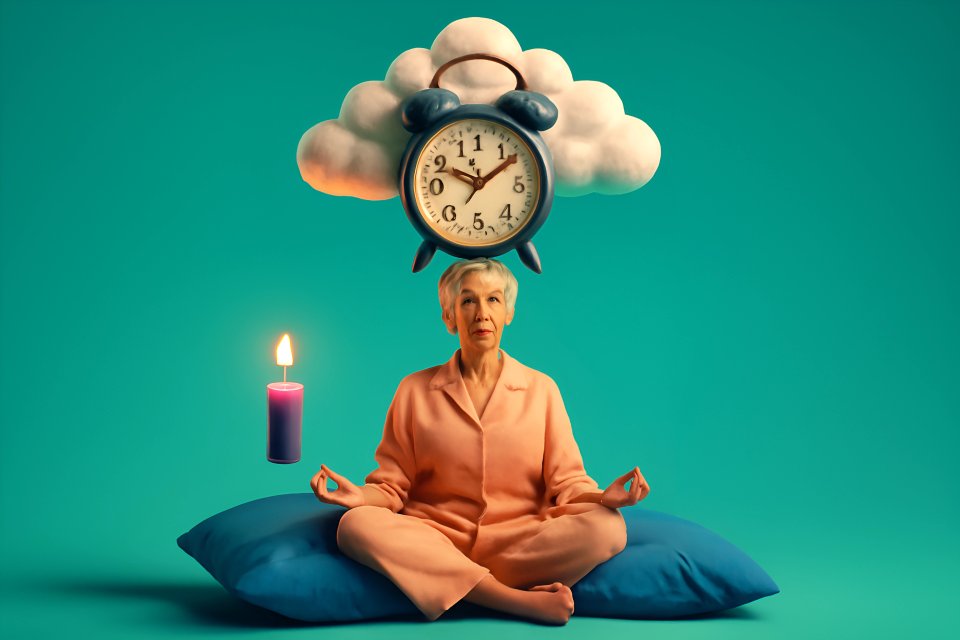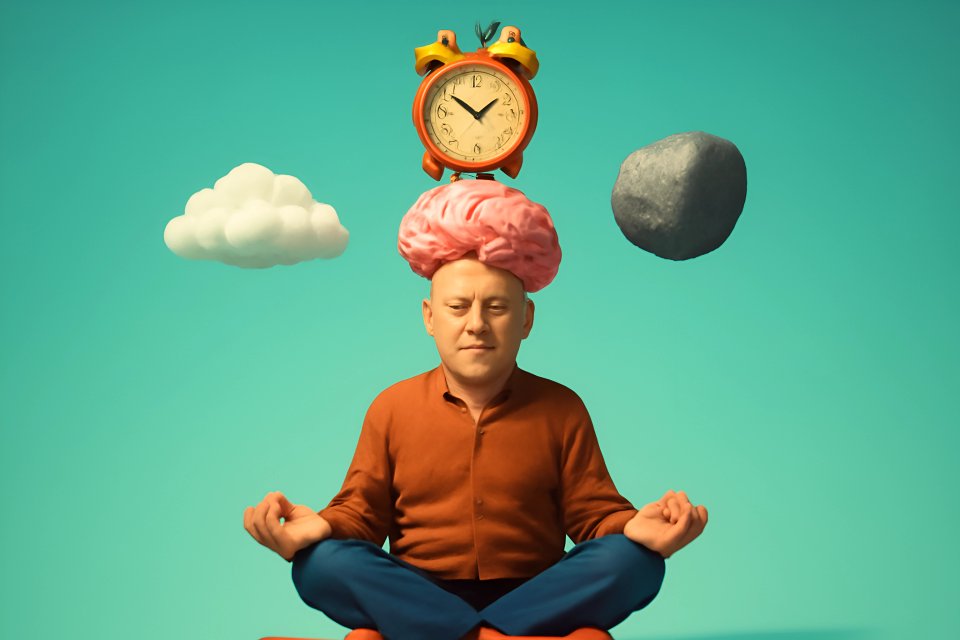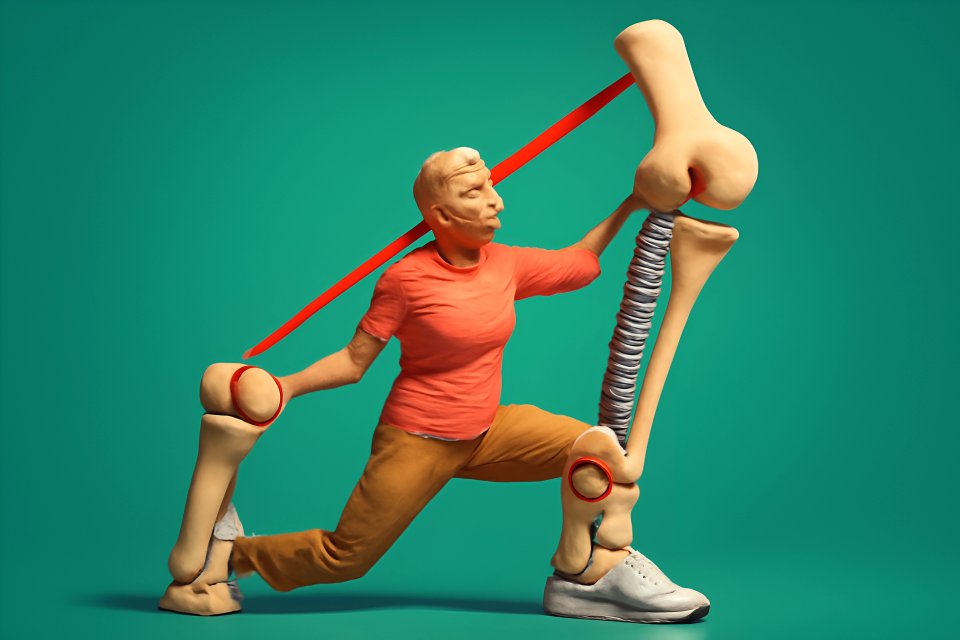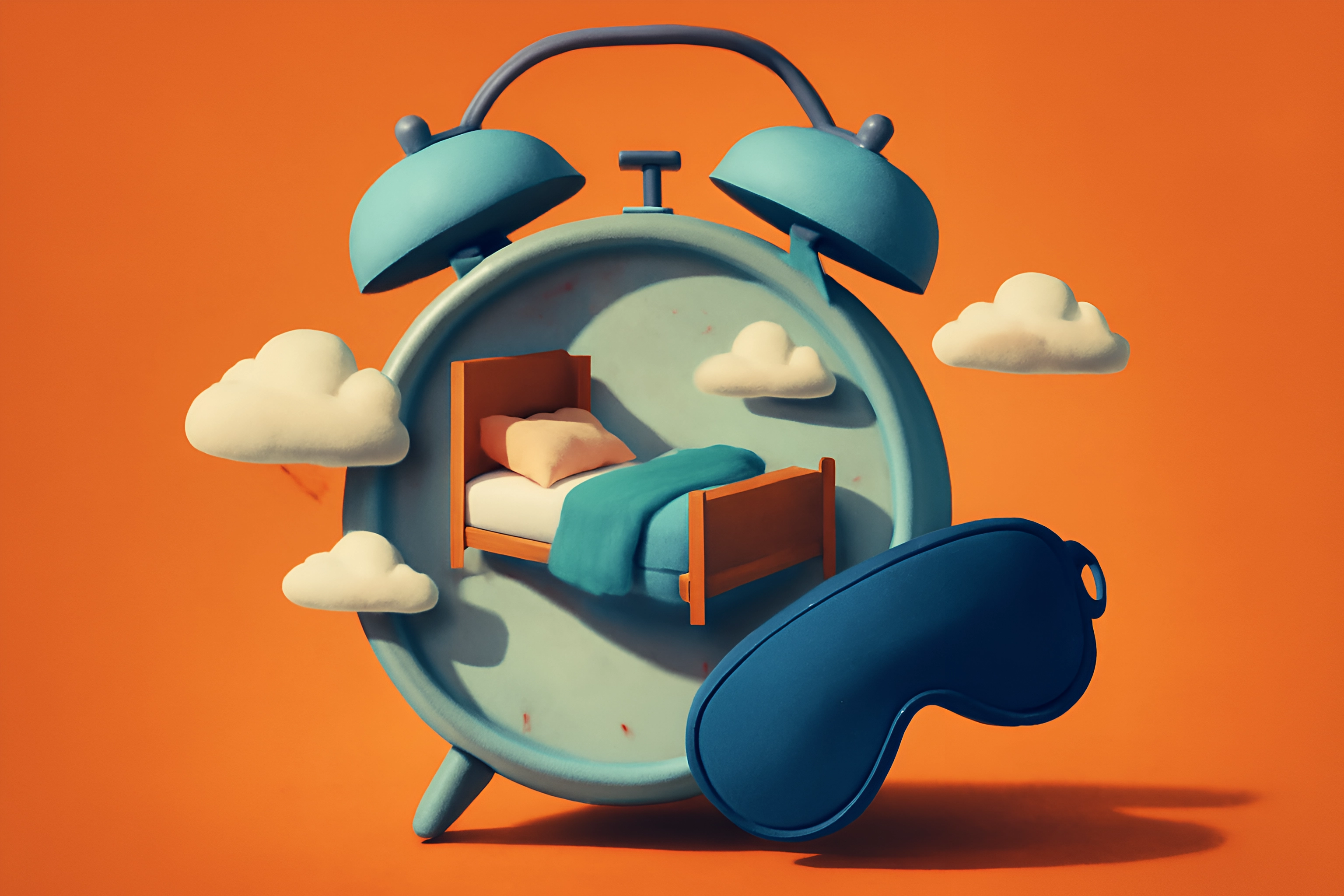
Does "getting a good night's sleep" feel more like a distant memory than a nightly reality? You stare at the ceiling, your mind racing, while the clock ticks relentlessly toward another exhausted morning. You are not alone. As we navigate life after 50, our sleep patterns naturally change, but that doesn't mean we have to settle for restless nights and groggy days.
The truth is, our bodies become more sensitive to our surroundings. Hormonal shifts, changes in our internal clocks, and a lighter sleep cycle mean that small disruptions can have a big impact. But here’s the secret weapon you might be overlooking: your own bedroom. This post will provide a step-by-step guide to the sleep hygiene essentials for creating a restful bedroom environment after 50, empowering you to take back control of your nights.
At FitOverFifty, we believe that restorative sleep is the foundation for an active, energetic life. It’s not a luxury; it’s a non-negotiable part of your wellness toolkit. It’s time to stop fighting for sleep and start designing a space that invites it in.
Why Sleep Changes After 50 (And Why Your Environment Matters More Than Ever)
Have you ever wondered why you suddenly feel tired at 8 PM, only to find yourself wide awake before the sun rises? This isn't your imagination. It's a biological reality that our internal clocks, or circadian rhythms, can shift as we age. The Sleep Foundation explains that these changes can cause a "phase advance," making us feel sleepy earlier in the evening and wake up earlier in the morning.
On top of that, we often become lighter sleepers. A partner's gentle snore, a car door slamming down the street, or a sliver of light from a hallway—stimuli that never bothered you before—can now be enough to jolt you awake. Studies show that older adults have amplified reactivity to noise, with sounds as quiet as a whisper (below 40dB) being enough to cause an awakening. This heightened sensitivity makes a disruptive environment a primary enemy of deep, restorative rest.
Finally, hormonal factors play a significant role. For women, the hot flashes and restlessness associated with menopause can wreak havoc on sleep. For men, changes in testosterone can also contribute to sleep disturbances. Because of these internal biological shifts, optimizing your external environment—the one thing you have complete control over—becomes one of the most powerful and effective strategies you can use for sleep improvement for older adults.
The 5 Pillars of a Restful Bedroom Environment for Better Sleep
Transforming your bedroom from a source of frustration into a sanctuary of sleep doesn't require a complete renovation. It’s about making strategic, intentional changes based on five core pillars. Let's build your perfect sleep environment, one pillar at a time.
Pillar 1: Master Your Light Exposure
Control the Light, Control Your Sleep Clock
Light is the single most powerful signal that tells your brain when to be awake and when to wind down. The blue light emitted from our screens, lightbulbs, and even streetlights is particularly disruptive, as it actively suppresses the production of melatonin, your body's essential sleep hormone. According to research highlighted by Harvard Health, blue light has a dark side, and its effects can throw your entire sleep cycle off balance.
To reclaim control, your mission is to create absolute darkness at night. Invest in high-quality blackout curtains or a comfortable sleep mask to block every last photon of external light. Swap the bright, cool-toned LED bulbs in your bedside lamps for dim, warm-toned amber bulbs, which have been shown to have a much less disruptive effect on melatonin.
Finally, conduct a "light audit" of your room before bed. Cover the tiny glowing lights on your television, power strips, and chargers with a piece of electrical tape. Then, when you wake up, do the opposite: welcome the morning sun. Exposing yourself to bright, natural light shortly after waking is crucial for resetting your clock and reinforcing a healthy cycle, a key tip for understanding how age affects your circadian rhythm.
Pillar 2: Dial in the Perfect Temperature
Stay Cool for Deeper Sleep
Have you ever kicked the covers off in the middle of the night, feeling uncomfortably warm? That's your body's thermoregulation system at work. To initiate and maintain deep sleep, your core body temperature needs to drop slightly, a process that can become less efficient as we age and is often complicated by issues like menopausal night sweats.
The solution is to create a cool sleep environment. The Sleep Foundation recommends an ideal bedroom temperature for most people between:
60-67°F (15-19°C)This cool air helps facilitate your body's natural temperature drop, signaling that it's time for rest. Think of your bedroom as a cool, comfortable cave designed for hibernation.
Beyond the thermostat, your bedding plays a critical role. Ditch synthetic fabrics like polyester that trap heat and opt for breathable, natural fibers like cotton, linen, or bamboo for both your sheets and pajamas. It's also wise to use layers—a sheet, a light blanket, and a quilt—that you can easily add or remove during the night to maintain your personal comfort zone. A fantastic trick is to take a warm (not hot) bath about 90 minutes before bed; the subsequent drop in body temperature as you cool down can powerfully trigger feelings of drowsiness.
Pillar 3: Create a Sanctuary of Sound
Tune Out Disruptions for Uninterrupted Rest
As a lighter sleeper, you're more vulnerable to being pulled from the deeper stages of sleep by sudden, unexpected noises. The key to defending your rest isn't necessarily total silence, which can make small sounds seem even more jarring. Instead, the goal is to create a consistent, soothing soundscape that masks those disruptions.
This is where a white noise machine becomes one of the most valuable senior sleep tips. The constant, gentle hum creates a blanket of sound that makes abrupt noises like traffic or a neighbor's dog less likely to startle you. A simple fan can work just as well, with the added benefit of circulating air.
If you're particularly sensitive to noise or share a bed with a snoring partner, high-quality foam or silicone earplugs can be a game-changer. You can also "soften" the acoustics of your room itself. Soft furnishings like plush area rugs, heavy curtains, and upholstered furniture are excellent at absorbing ambient sound, reducing echo and creating a quieter, more peaceful atmosphere.
Pillar 4: Designate a Tech-Free Zone
Disconnect to Recharge: Your Bedroom is for Sleep, Not Screens
Your bedroom should have one primary purpose: rest. When you bring smartphones, tablets, and laptops into bed, you introduce a dual threat to your sleep. First, there's the well-documented impact of blue light, which, as we've discussed, tricks your brain into thinking it's daytime.
Second, and just as damaging, is the content itself. Scrolling through social media, checking work emails, or watching the late-night news activates your brain, often leading to anxiety, stress, or a "wired and tired" feeling that is the exact opposite of what you need for sleep. Your bed should be a place of mental and physical relaxation, not a hub for digital stimulation.
The most effective strategy is to implement the One-Hour Rule: commit to putting all screens away at least one hour before you plan to go to sleep. Create a designated "charging station" in another room, like the kitchen or home office, to remove the temptation entirely. To avoid late-night scrolling, go old-school and use a traditional alarm clock instead of your phone.
Pillar 5: Prioritize Comfort and Safety
Support Your Body, Soothe Your Mind
Physical discomfort and worries about safety can create a low-level anxiety that keeps you from fully relaxing into sleep. As we age, aches and pains in our joints can become more pronounced, making a supportive sleep surface absolutely essential. If your mattress is over eight years old or you regularly wake up stiff and sore, it's time for an evaluation.
According to sleep experts, the best mattress for seniors often provides a balance of pressure relief and support to cushion sensitive areas like the hips and shoulders. The same goes for your pillows; they should keep your head and neck in neutral alignment to prevent strain. Your bed should feel like a supportive embrace, not a source of pain.
Safety is also paramount for peace of mind. Ensure you have a clear, unobstructed path from your bed to the bathroom to reduce the risk of a nighttime fall. A simple, motion-activated nightlight can illuminate the way without flooding the room with bright, sleep-disrupting light. Finally, consider introducing a calming scent like lavender through a diffuser or a light pillow spray to create a final, soothing signal that your bedroom is a safe, comfortable haven for rest.
Putting It All Together: Your Nightly Wind-Down Routine
Knowledge is only powerful when you put it into action. Here is a simple, repeatable routine that incorporates these pillars to signal to your body and mind that it's time for sleep.
| Time Before Bed | Action | Pillar(s) Addressed |
|---|---|---|
| 90 Minutes | Take a warm bath. Dim the lights throughout your home. | Temperature, Light |
| 60 Minutes | Turn off all screens (TV, phone, tablet). Move your phone to its charging station outside the bedroom. | Tech, Light |
| 30 Minutes | Get into your cool, dark, quiet bedroom. Read a physical book, do gentle stretches, or listen to calming music. | Temperature, Light, Sound, Tech |
| Bedtime | Get into your comfortable, supportive bed, ready for a night of deep, restorative sleep. | Comfort |
Reclaim Your Rest, Re-Energize Your Life
You don't have to accept poor sleep as an inevitable part of aging. By taking deliberate control of your environment, you can create a powerful sanctuary that promotes deep, uninterrupted rest. Remember the five pillars: master your Light, dial in the Temperature, control the Sound, create a Tech-free zone, and prioritize Comfort and safety.
These small, consistent changes to your bedroom can lead to significant sleep improvement for older adults. It’s about creating a space that sends a clear, undeniable message to your body: this is a place for rest, recovery, and rejuvenation. You have the power to transform your nights and, in doing so, re-energize your days.
Now that your bedroom is optimized for rest, you'll have the energy to conquer your days. Learn how to use that newfound vitality with our guide on practical tips for boosting metabolism with daily activities, creating a powerful cycle of rest and activity.
What is the one change you're going to make to your bedroom this week? Share your commitment in the comments below.







